United Kingdom
2020 Global Space Economy Climbs Despite Turbulent Year, Disrupted Government Spending
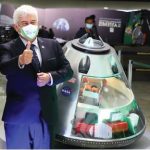
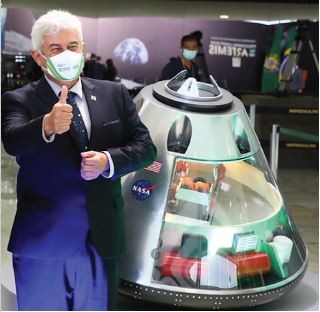
International successes in space, such as the Hope, Perseverance, and the Zhurong missions to Mars, don’t happen without years of advance government spending. In 2020, as nations struggled to overcome a global pandemic, space spending varied widely across countries and agencies.
2020 TSRQ3 – Nation in Review: United Kingdom
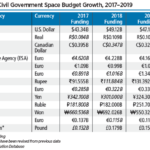
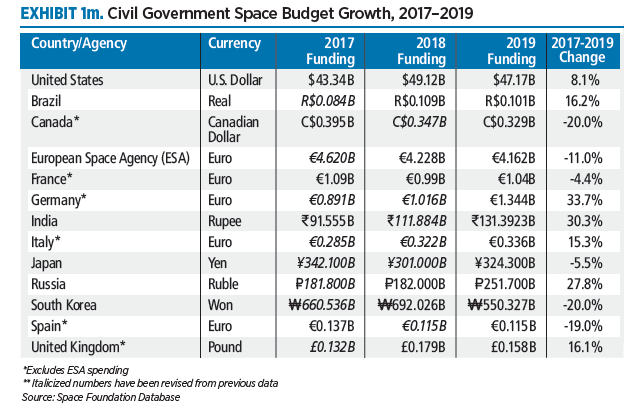
In the last decade, spending on domestic space programs in the United Kingdom has increased 126%, climbing to £157.5 million (US$200M) in the 2019-2020 U.K. Space Agency budget. That decadal increase still places U.K. space funding well behind . . .
2020 TSRQ3 – Infrastructure: Human Spaceflight


Since Yuri Gagarin’s orbital flight around the Earth in April 1961, humans in pioneering new technologies and pushing the limits of what’s considered possible. This year ushered in a new era of human spaceflight when SpaceX became the first . . .
2020 TSRQ2 – Infrastructure: Spacecraft/Satellites Overview


Spacecraft deployment numbers rose by five in 2019, increasing slightly to 466 spacecraft deployments last year. While deployments moved up, space vehicle launch attempts decreased from 114 in 2018 to 103 in 2019. The difference between. . .
2020 TSRQ2 – Workforce: Space Workforce
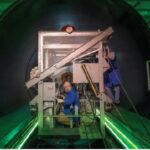
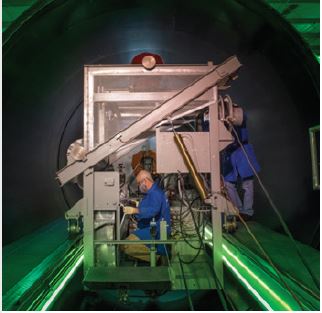
The space industry relies on tens of thousands of highly skilled workers to design, build, and operate advanced technologies that enable space activities and research that increases our understanding of the space environment.
2020 TSRQ2 – Insights: Competing in the Global Space Economy


In the popular imagination, the space industry implies launch platforms, rockets, and satellites — the incredibly sophisticated, government-backed systems that enable us to get to space. While these systems are certainly critical. . .
2020 TSRQ1 – Economy Insights: Commercial Activity on the International Space Station
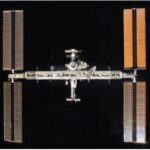
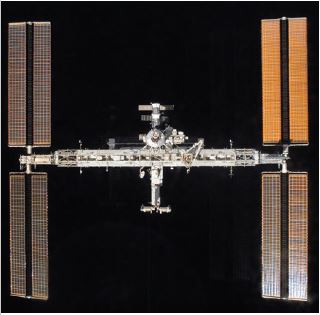
This year marks the 20th anniversary of human habitation on the International Space Station (ISS). That sustained success means NASA and the ISS U.S. National Laboratory, which share American resources on the orbiting facility, have transitioned from merely supporting life in space to . . .
2019 TSRQ4 – Space Policy

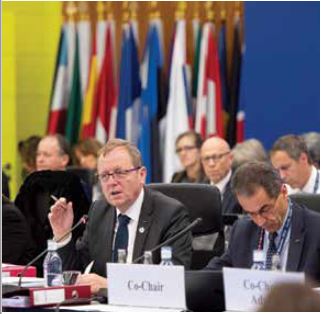
In 2018, significant policy developments helped shape the future space economy. At the international level, the United Nations Committee on the Peaceful Uses of Outer Space (COPUOS) released its . . .
2019 TSRQ3 – Education STEM Proficiency
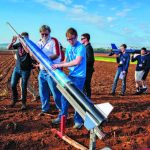
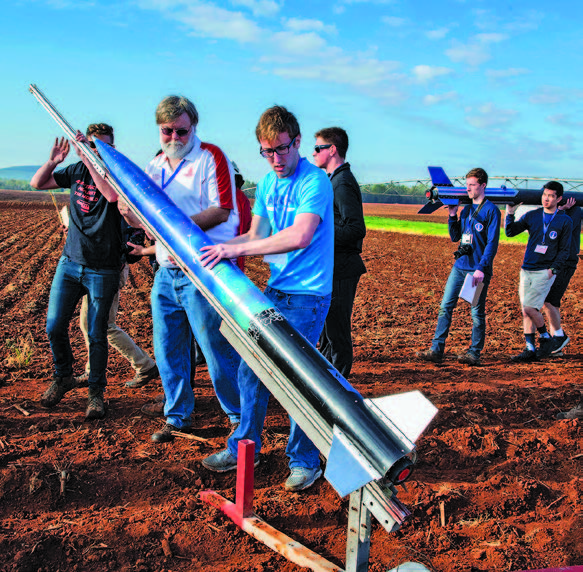
The science, technology, engineering, and mathematics (STEM) workforce is at the core of the space industry—from the mathematicians and astronomers who analyze space to the engineers who design and build the launch vehicles that get us there. This workforce is enabled . . .
2019 TSRQ2 – Economy: Non-U.S. Government Space Investment

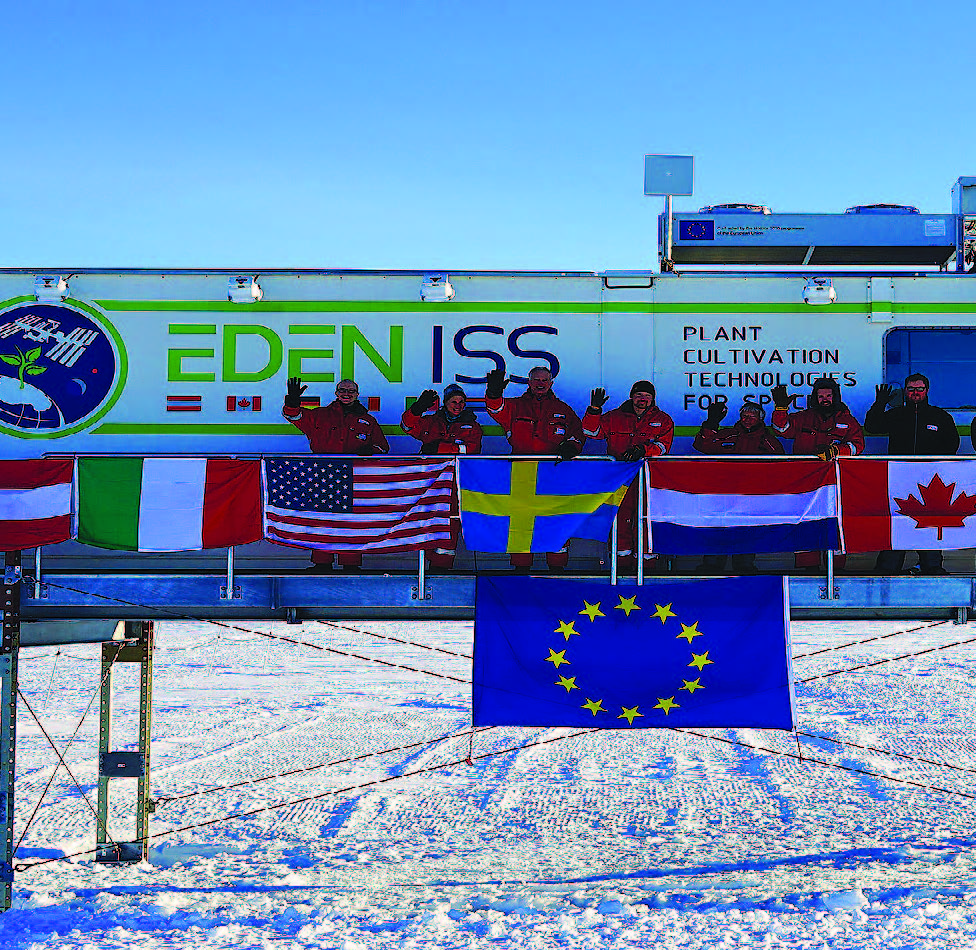
Growth in the government investment sector of the space economy outpaced commercial sectors as the U.S. and non-U.S. government shares of the global space economy between 2017 and 2018. . .